8. Sophie’s Choice (1982), directed by Alan J. Pakula
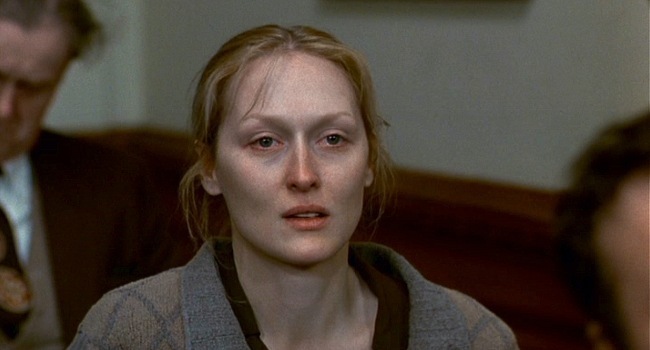
Young Polish mother Sophie (Meryl Streep) huddles in terror with her two children in a concentration camp when a Nazi solider makes her choose which of her children to save from extermination, or both will die…and Sophie chooses. Need anything else be said? Streep later claimed she wasn’t acting during this infamous scene, that it had been totally real for her. When the Nazis tear the little girl from Sophie’s arms following her choice, we can see the truth of this remark etched inside the agony on Streep’s face.
7. Grave of the Fireflies (1988), directed by Isao Takahata

Despite its being an animation, or perhaps because of it, Grave of the Fireflies is one of the greatest and most emotionally powerful war films of all time. Based on a semi-autobiographical novel by Nosaka Akiyuki who was a boy during America’s napalm bombing of Japanese cities at the tail end of WWII, the film follows a young boy and younger girl—siblings—made homeless orphans by the bombs as they try to survive in wartorn Japan.
Akiyuki felt immense guilt over the death of his real-life sister, who he claimed died of starvation. Akiyuki said that, of the small bits of food he would manage to find, he would often feed himself before his sister, and so he felt some responsibility for her death, writing the novel in an effort to be rid of the demons taunting him.
What makes Grave of the Fireflies so haunting is the great beauty it contains in its visuals and tender moments between characters that make the subject matter all the more human and devastating.
6. Dancer in the Dark (2000), directed by Lars von Trier
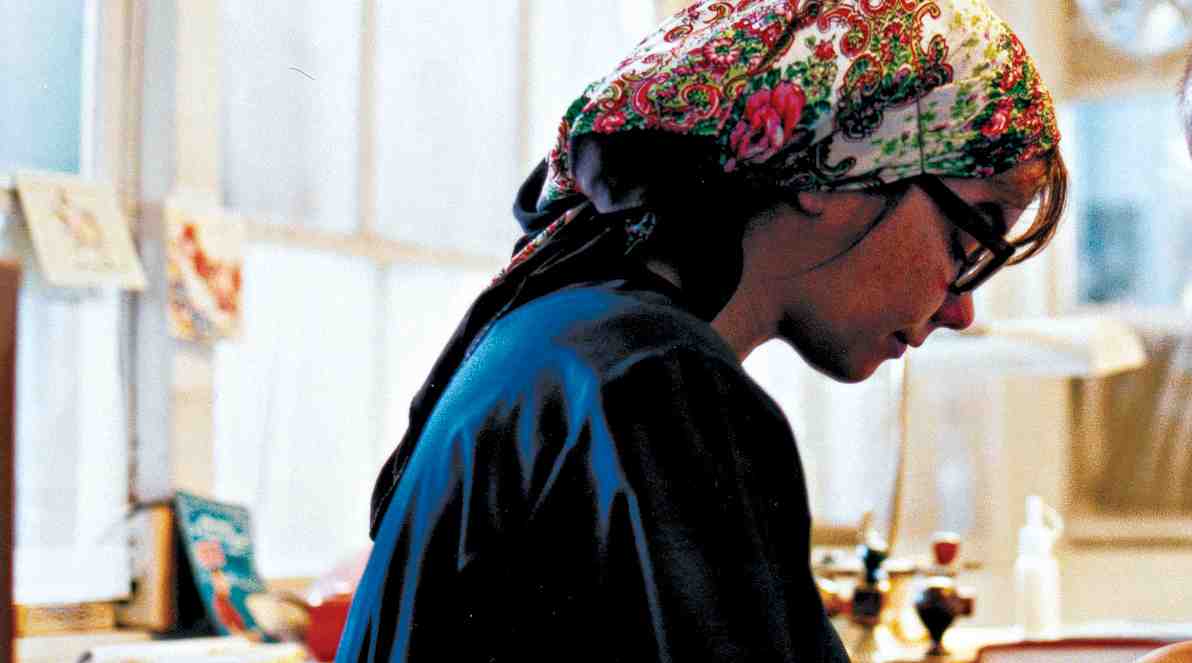
Lars von Trier has made a career out of rejecting the “illusions” of contemporary cinema since he and fellow Danish filmmaker Thomas Vinterberg founded their Dogma 95 rules—a set of rigid instructions that sought to put the talent of the actors and filmmakers front and center in place of modern special effects and “tricks.” The Dogma 95 rules are extremely limiting, the point being that, as painter Pablo Picasso once said, “art is the elimination of the unnecessary.”
Von Trier’s Palme d’Or-winning musical melodrama Dancer in the Dark exemplifies most of these rules. Both lauded and slammed by critics upon its release (and rarely anything in between), Dancer in the Dark is the story of a young Czech émigré named Selma raising her son alone in 1950s America. Selma is an extremely simple woman to modern standards—even developmentally disabled—but would be quite typical of the women in the classic MGM musicals of the ’50s this film takes inspiration from and ultimately subverts.
Selma adores music, indeed she hears it in everything, but she is slowly going blind from a hereditary disease. But her son, too, is suffering from the illness, and though it is too late to save her own eyesight, she has a chance to save her son’s and is saving up the money to achieve this by working long, harrowing shifts at a factory where she makes metal sinks. Starring singer Björk, who wrote songs for the film, in a mesmerizing performance, Dancer in the Dark is both an extremely heavy-handed (but intentionally so) and emotionally overpowering film that jumps from shocking realism to fantastical melodrama without warning.
The plot is so ridiculous and implausible that the sheer audacity of it is incredible as Selma, through a series of unfortunate events, goes from hopeful émigré to prisoner on death row. Selma is a person who could never exist outside of an outlandish film such as this—she’s a martyr-like paragon of virtue, so selfless and kind-hearted that every bad thing that happens to her cuts the audience ever deeper.
Because what Dancer in the Dark truly portrays is the systematic and total annihilation of a simple-minded and utterly good person, and every frame of the film furthers this. Von Trier engineers dread astoundingly well throughout, and by the end the film becomes one about sadism, cynicism, and artistic conviction.
5. Irreversible (2002), directed by Gaspar Noe
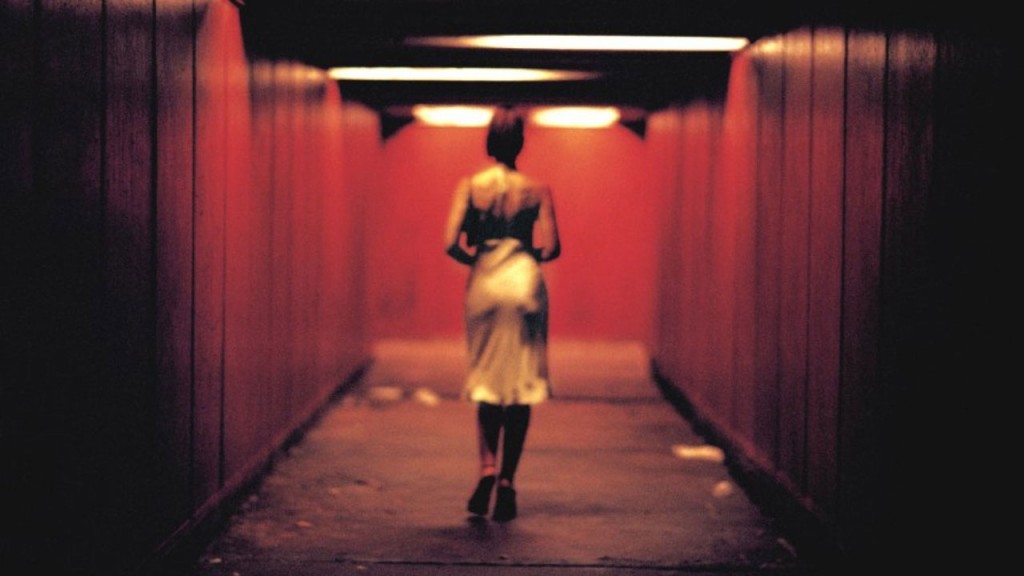
Irréversible launched director Gaspar Noé into mainstream awareness following its infamous premiere at Cannes in 2002 during which over 200 audience members walked out in disgust. Like Christopher Nolan’s Memento, Irréversible is structured in backwards chronology, and like Memento, this structure is key to understanding and appreciating the film.
From the opening credits and first scene, designed with the intention of creating vertigo and nausea in the viewer through rotating camera movements and inaudible frequency of 28 Hz known to provoke feelings of sickness, Noé very much wished to distress his audience. The film’s most haunting moment arrives near the beginning in one of the most unflinching and daring scenes in cinema history when Monica Bellucci’s character is graphically raped for nine very long minutes in a single, still shot before her head is smashed repeatedly into the ground, killing her. Oh, and we find out later that she was pregnant. Yeah.
But because of the reverse chronology, Irréversible’s rape-murder is not some sick climax as entertainment in the manner by which many similar films would employ it; rather, the film ends with tender moments of a young couple very much in love, and by such the true message of the movie is revealed.
4. Schindler’s List (1993), directed by Steven Spielberg
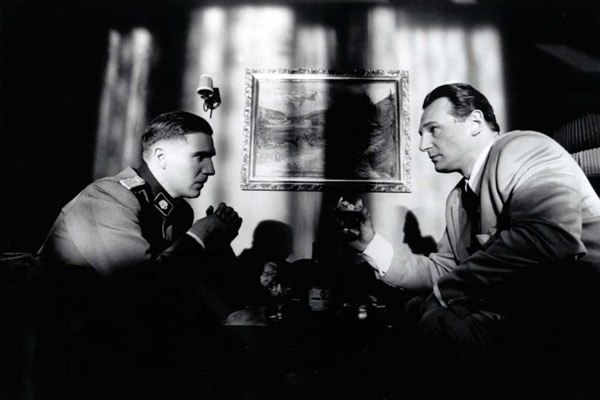
The third Holocaust movie in this list, because of course. Before he started ceaselessly hunting down people in revenge, Liam Neeson was an actor, and he gave the performance of his life in Steven Spielberg’s Schindler’s List, the true account of a man named Oskar Schindler who selflessly went to great steps to con the Nazis and saved 1200 Jews from extermination. In the Spielbergian way, Schindler’s List is more accessible than most movies with such dark subject matter and offers some moments of respite from its bleakness—but this makes the subject matter all the more haunting.
The most devastating moment arrives at the end after the war has ended and Oskar tells his workers that they are now free to live their lives. It would be the happiest moment of the film if not for Oskar’s words after he, a man who was stoic and restrained the film entire, finally breaks down in tears: “I didn’t do enough.”
3. Martyrs (2008), directed by Pascal Laugier
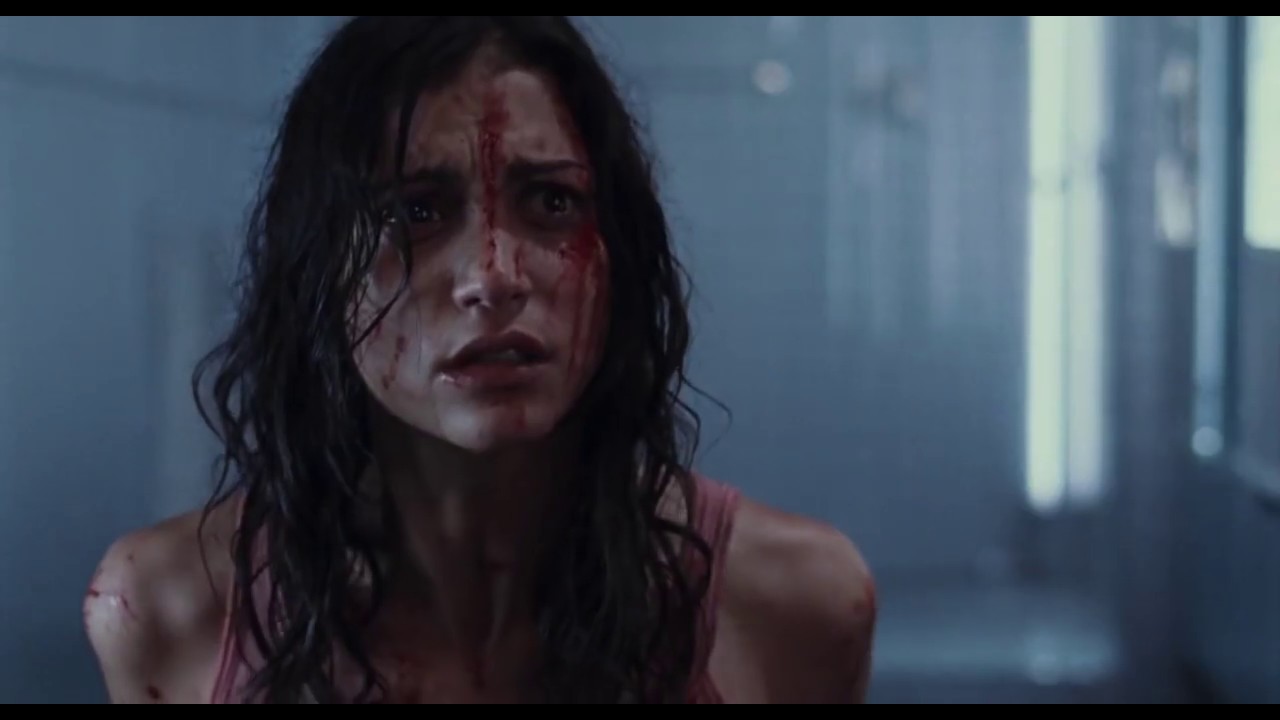
Pascal Laugier’s Martyrs is a film that wants to traumatize its audience. This is evident from the opening shot when, in 1971, a battered and broken young Lucie (Mylène Jampanoï) escapes the abandoned slaughterhouse where she was imprisoned and tortured for one year, right up to the film’s shocking 15-years-later gore-filled climax of body horror like something from Paris’s Théâtre du Grand Guignol.
Part of New French Extremism along with movies such as High Tension and the aforementioned Irréversible, Martyrs is arguably the most extreme. Although the film was likened to the American torture porn of movies such as Saw and the aforementioned Hostel, Martyrs transcends its contemporaries through its character-based purity of vision, serving up conventions of horror only to slice them apart with delirious ecstasy. Martyrs is about suffering and transcendence through that suffering, which is made clear by the juxtaposed pairing of endless moments of terrible violence depicted through absolute realism with an almost spiritual contemplativeness.
2. Salo, or the 120 Days of Sodom (1975), directed by Pier Paolo Pasolini
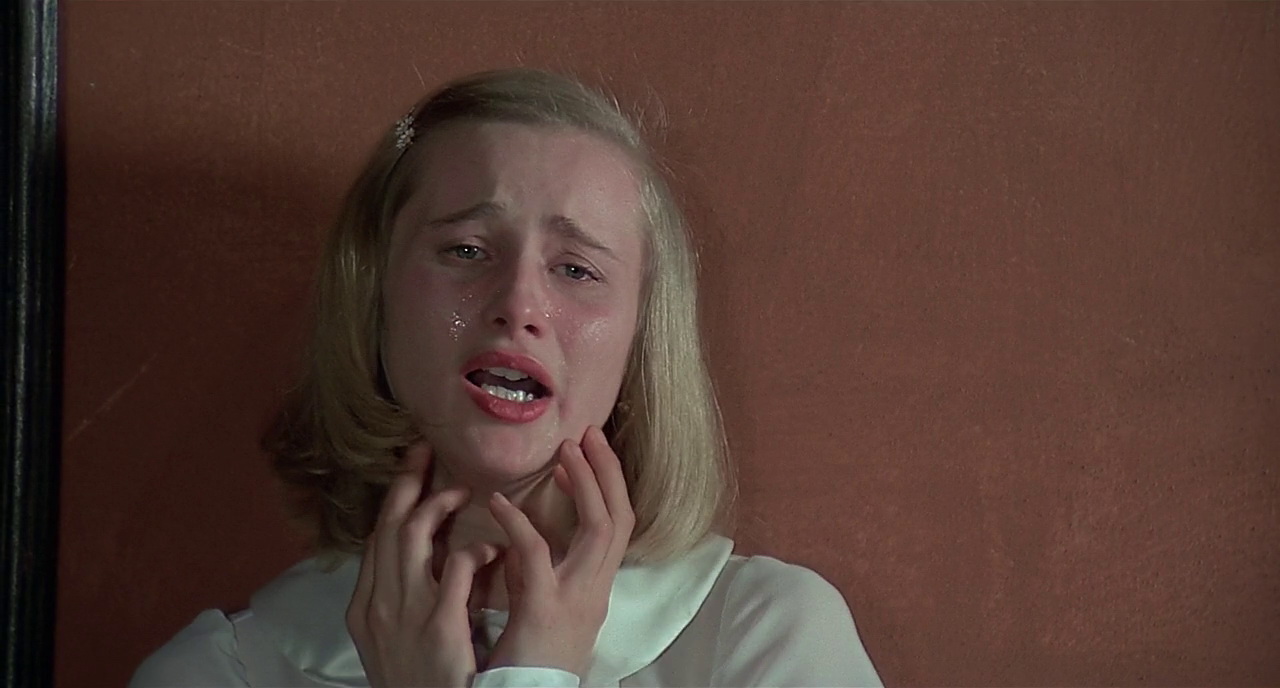
Pier Paolo Pasolini, director of Salò, was murdered twenty days before the film’s release in November 1975. This killing set the tone for what was to be one of the most disturbing and controversial films ever put to screen. The basic plot concerns four fascist men with huge influence and power who kidnap eighteen young men and women—nine of each sex—and rape, torture and otherwise abuse them for 120 days. Every scene in Salò haunts, from the raping of young people before their eyes are gouged out to a forced feast of human feces.
But to focus on the brutality of Salò is to miss its true point. More than anything else, and especially during the time leading up to and during the making of Salò, Pasolini believed the rise of consumerism had created a false sense of freedom that would eventually destroy humanity more completely than fascism ever could. Salò, then, is Pasolini’s searing critique of consumerism which renders everyone and everything a commodity, and in that sense is satirical comedy. This is evident in behind-the-scenes footage on the DVD release in which Pasolini on the other side of the camera battles to keep a straight face, instructing the actors, “Don’t laugh.” Pasolini, believe it or not, wanted us to laugh.
1. A Serbian Film (2010), directed by Srdjan Spasojevic
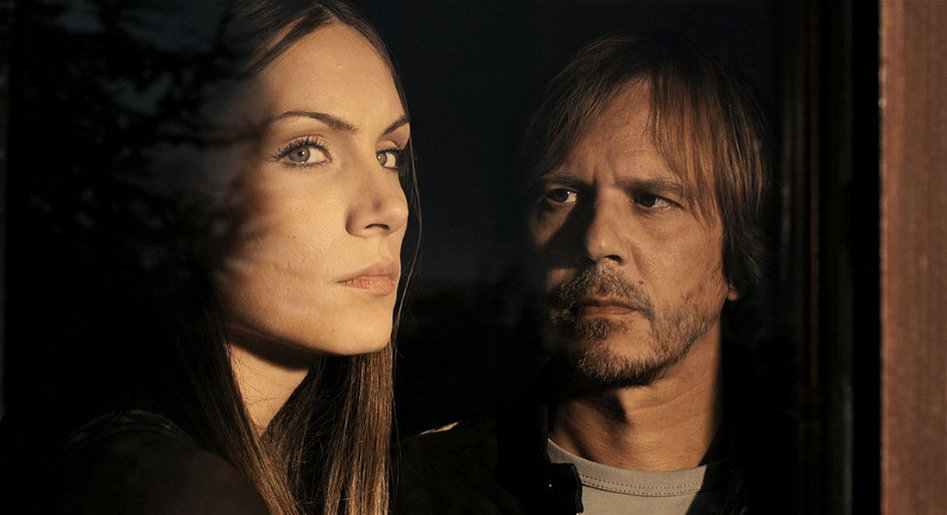
While Salò could be described as an art film, even, in a sense, with its own kind of beauty, it’s difficult to argue the same for A Serbian Film. Every moment of this movie is repulsive, from the rape, decapitation and necrophilia of a young woman to a father unknowingly sodomizing his six-year-old son. There are only the darkest depths of the human soul to be found in A Serbian Film, in some of the most haunting scenes ever conceived outside of actual snuff. The most haunting scene is one that is quite frankly too depraved to reproduce here.
Having said all that, there is some substance to the film. The title, for example, points to itself as being both a film and of Serbia, a country that in 2010, the year of the film’s release, was in a sense still a pariah state following the devastating Balkan Wars that saw huge casualties and ethnic cleansing. The filmmakers had clearly been aware of Serbia’s image in the eyes of the world, as well as in the eyes of its own people. The movie is self-aware too as one that sells the worst kinds of violence as entertainment, and this self-awareness could be viewed as a critique of our collective twisted voyeurism.
Either way, A Serbian Film is the stuff of nightmares, and a truly haunting reminder of humanity’s very worst impulses.
Author Bio: Philip Elliott is the author of award-winning comedic L.A. noir novel Nobody Move. A music and film obsessive, he lives in Toronto with his wife and spoiled pug.